FORWARD-LOOKING TO THE REAR
A new beginning for Mazda
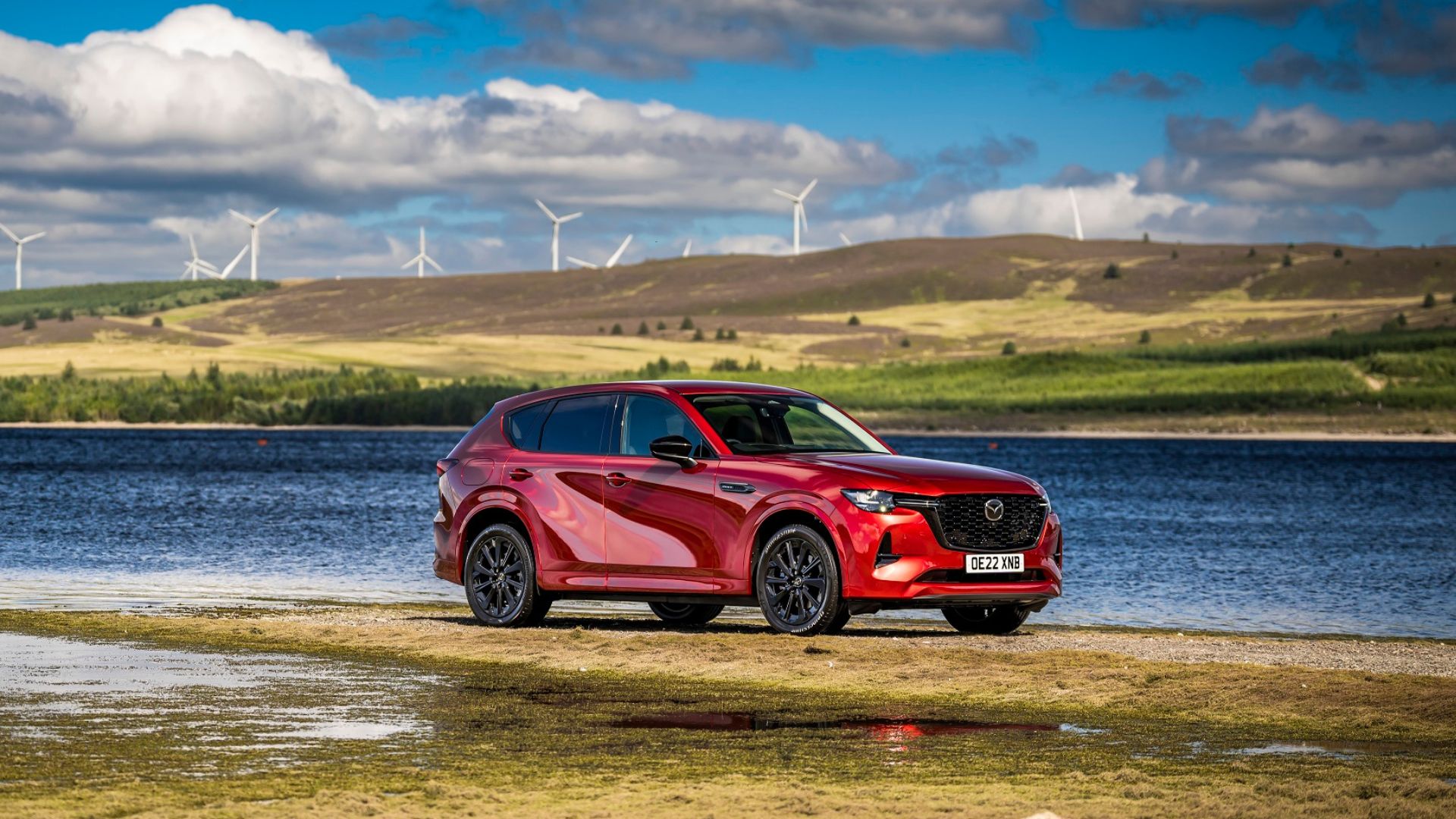
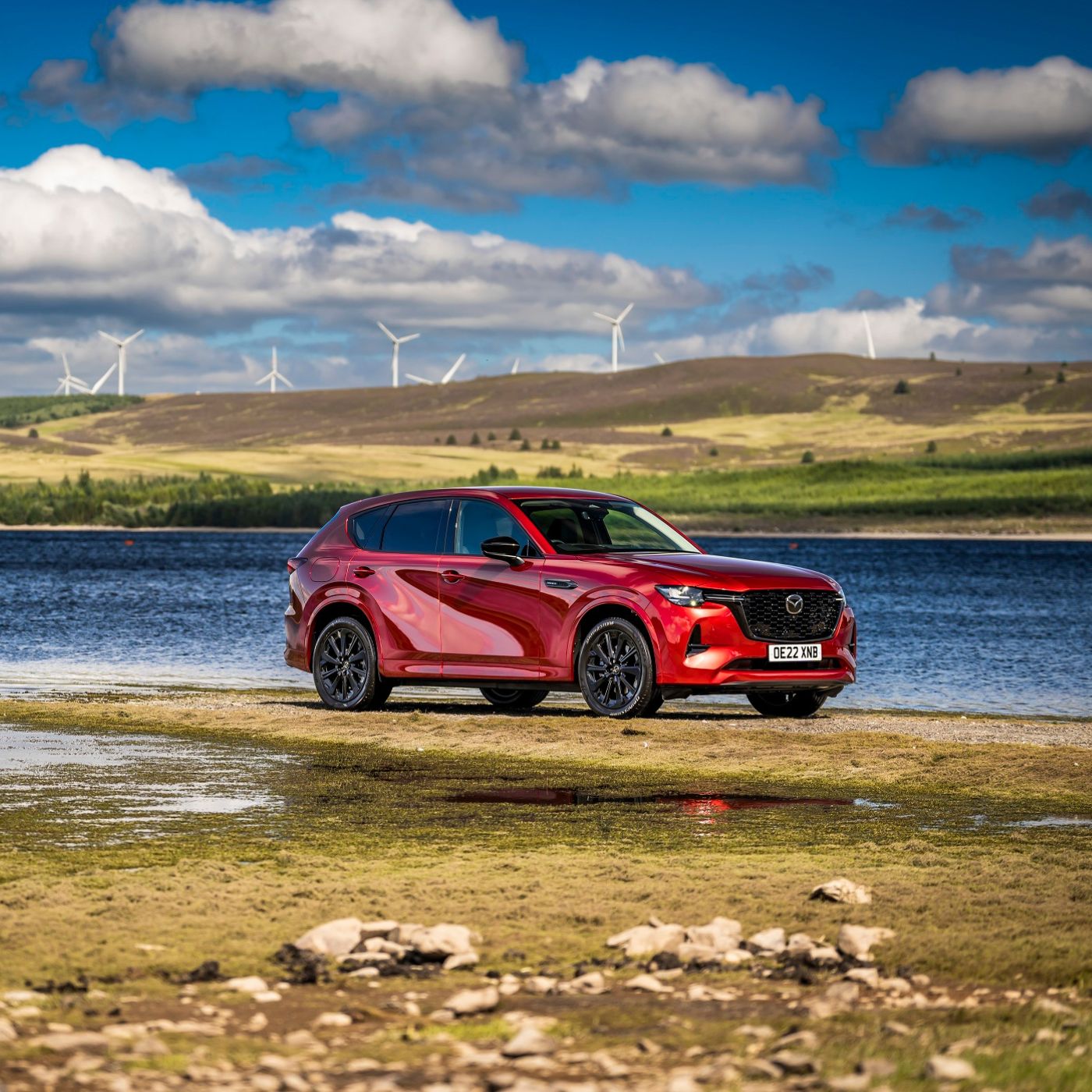
Overseas model shown. Australian specifications may differ.
First-Ever Mazda CX-60 introduces an entirely new, rear-wheel drive biased platform. Find out the benefits and how it changes the vehicle’s performance.
Imagine this - you turn up at work one day to be told that things are going to be done, not so much differently as completely back to front. So if you’re a teacher, for example, you’ll no longer stand at the front of the class, but behind them (to remove distraction and improve performance). Or let’s imagine you’re a professional footballer, and the coach announces they’re going to change not just the tactics, but everyone’s positions, with some of you now lining up facing different ways, as a completely new way of thinking.
When it came time for Mazda’s engineers to create a new large family SUV on an entirely new, rear-wheel drive biased platform, it must have come as a similar, although slightly less seismic shock.
SUVs and, even before that, family sedans and wagons, have traditionally favoured front-wheel drive, not just at Mazda but at most car companies.
Difference Between Front Wheel and Rear Wheel Drive
The advantages of a front-wheel-drive set-up are that it’s simpler - the engine sits at the front of the car and can connect directly to the wheels with the minimal number of parts and components, which makes a car lighter overall and, in turn, can provide better fuel economy. It’s also considered easier to drive for less-experienced road users, with less chance of oversteer.
Another bonus is that because all the running gear is up the front, and there’s no transmission tunnel connecting the engine to the rear wheels, it means you get more space and greater leg room, particularly in the back seats, which is an important attribute in family cars.
Seems like an indisputable victory for front-wheel drive, then, right? Except that Mazda is also synonymous with rear-wheel-drive cars, most famously the fun and feisty MX-5 (as well as the equally iconic RX-7 and RX-8).
You might also have heard that many premium car manufacturers from Germany and sports car makers from Italy prefer to send the power to the rear of their cars, and that’s because the accepted wisdom is that RWD is a better setup for involving, performance-focused driving.
What exactly are rear-wheel drive cars?
To explain this in a kind of Julian Sumner Miller, “glass half full of science” way, it’s quite simple. Essentially, if you’re driving enthusiastically, you don’t want to ask your front tyres to do two things at once - get the power to the ground and take care of the task of steering. It’s a bit like asking a car to pat its head and rub its tummy at the same time, at high speed.
In technical terms, rear-wheel drive cars are also better for “load transfer”, meaning that under acceleration the weight balance of the car, and how flat it will consequently sit on the road, is better if power is sent to the rear.
And then there’s just the slightly ephemeral fact that cars just “feel” better, and more engaging, when they’re rear-wheel drive.
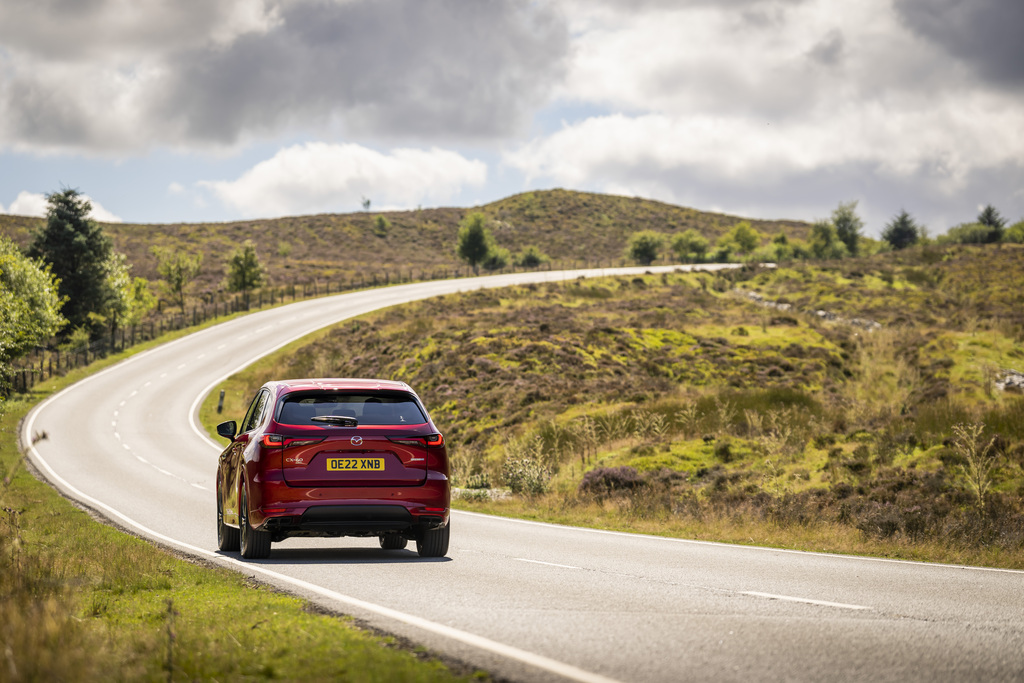
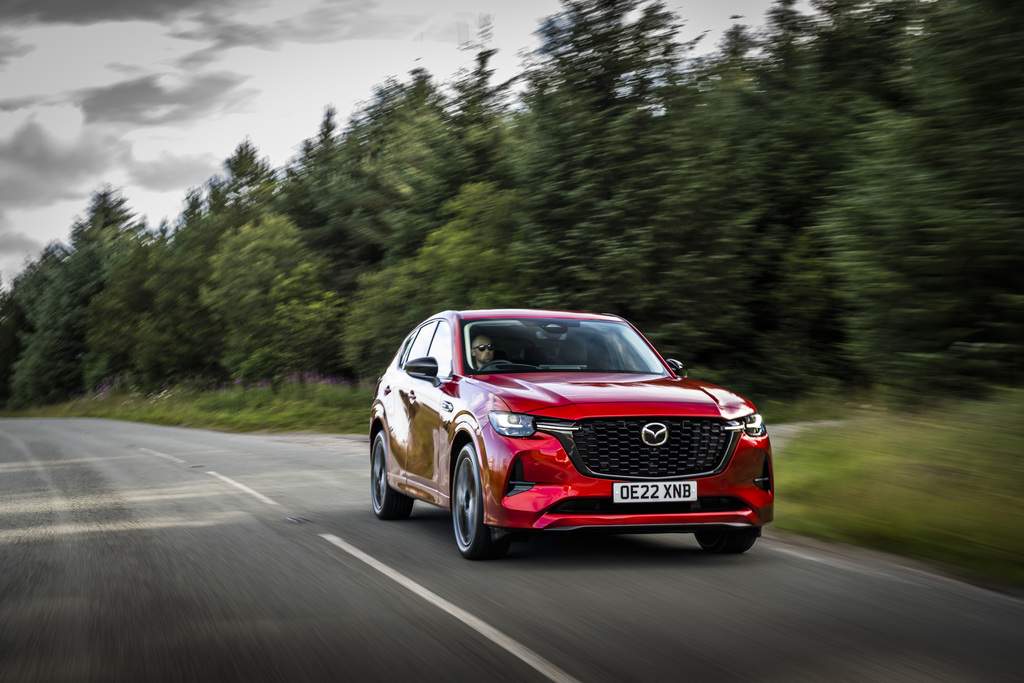
Rear Wheel Drive Development
Taking all of this into account, what Mazda has radically achieved with its CX-60 platform is to combine the best elements of rear-wheel drive and apply them to the latest advancement of its innovative all-wheel drive setup. The result is a family SUV that’s got plenty of space but is also sporty and involving to drive.
Engineering the CX-60 with a new rear-wheel drive layout from the very beginning has enabled Mazda’s engineers to give the drive a predominantly rear bias – a full 90 per cent of the engine’s torque flows to the back axle in normal driving conditions.
This is a major change from previous all-wheel-drive SUVs from Mazda, which up until now have always been front-drive vehicles that send torque to the rear as required. The CX-60 is, then, an entirely new, and hugely clever, kind of Mazda.
It feels, handles and responds with the same feedback of a rear-drive set up but with the added benefit of grip at all four corners when you need it, thus making the CX-60 an even more surefooted and stable vehicle, particularly handy for gravel roads or trips to the snow in slippery conditions.
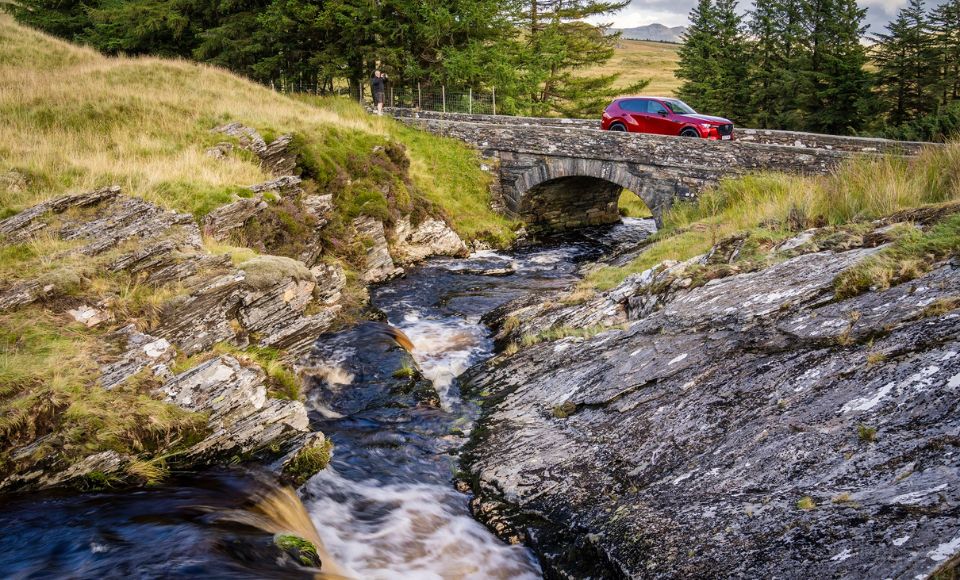
Joachim Kunz, Mazda’s senior manager of product development and engineering at Mazda’s European research and development centre, explained the company’s thinking at the launch of the exciting new vehicle in Portugal recently.
“What we’re delivering here is better dynamic performance and better comfort for the driver and passengers,” Kunz said.
“As well as the switch to a rear-wheel-drive platform, we’ve also mounted the engine longitudinally (north-south under the bonnet, instead of the more common transverse set-up).” This change has the additional benefit of making the sophisticated double-wishbone front suspension setup possible.
“Also, in a conventional rear-drive-based platform, the driver is pushed to the side, and given a slightly twisted posture, by the size of the transmission (or gearbox), but because the CX-60 has a new, eight-speed automatic transmission that has no torque converter, and uses a multi-plate wet clutch instead, it’s smaller,” Kunz added.
“This means the clutch and brake pedals can be placed ideally, which enables the perfect driving position that Mazda insists on - creating that sense of Jinba-ittai (“horse and rider as one”).”
Further work has also gone into making sure that all of the heavier components of the CX-60’s drivetrain are gathered around the centre of the car, rather than at the front or rear, which created lower resistance to turn in and easier and more accurate cornering.
Another goal, as Kunz explained, was reducing pitch over the nose under braking for a flatter attitude, “which is perceived as much more natural by the human body, and thus more comfortable”.
The CX-60 also benefits from Mazda’s ingenious Kinematic Posture Control, recently launched on the MX-5, which reduces body roll in corners by applying a small amount of brake force to the inner rear wheel as the car is going through bends, to counteract any roll and provide more stability, and better feedback for the driver.
The proof of all this technological input and engineering nous comes in the driving, of course, and we are happy to report that while the CX-60 is vast and comfortable inside, with plenty of passenger and load space for a family, it performs like a much smaller vehicle behind the wheel.
And that the driving position feels just so, as if you are part of the car, rather than sitting on top of it. It’s a feeling of connection made even better by tactile and involving steering.
Truly, with the CX-60, rear-wheel drive then, Mazda has turned conventional family SUV thinking on its head and created something very special indeed.
Overseas model shown. Australian specifications may differ.